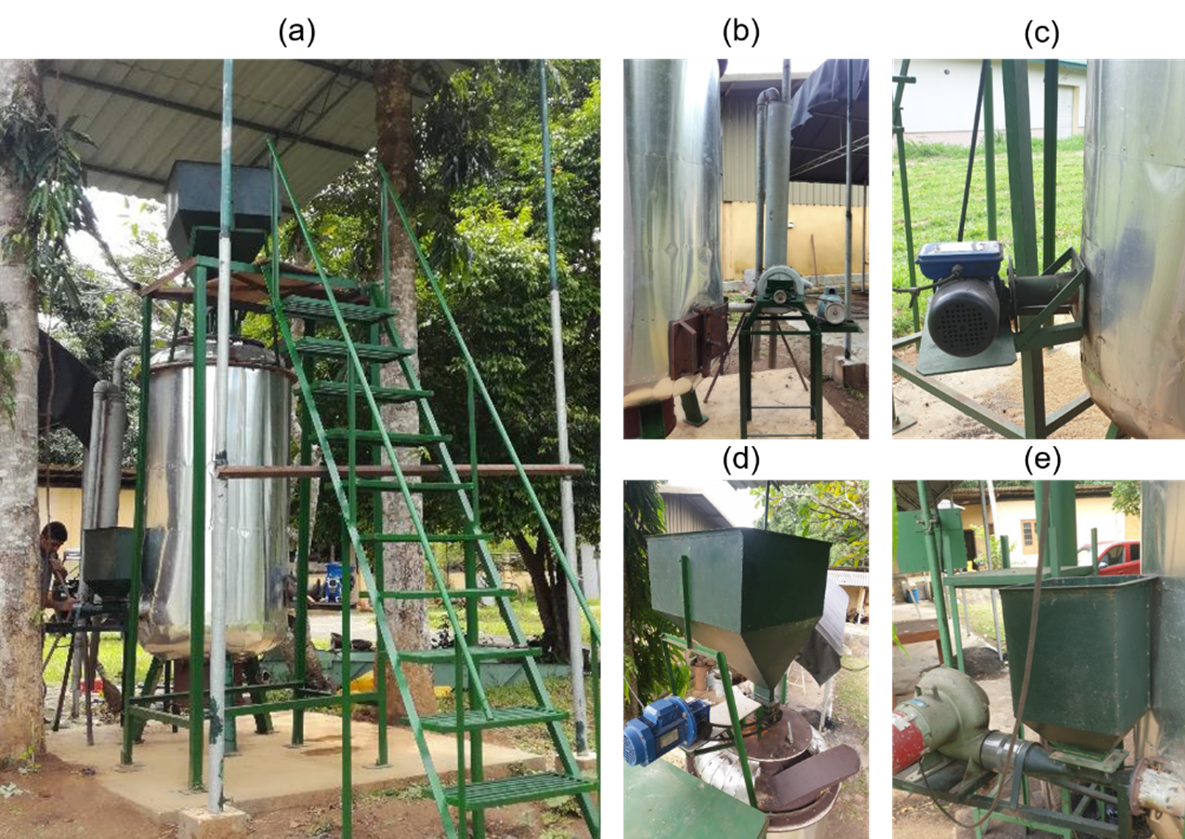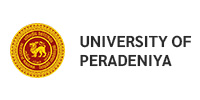
A study on external pressures of an ancient irrigation cascade system in Sri Lanka (M.R.C.P.Wickramasinghe, N.D.K.Dayawansa, M.M.J.G.C.N. Jayasiri, Ranjith Premalal De Silva)
CONTEXT
Village Tank Cascade Systems (VTCSs), which are ancient irrigation systems in Sri Lanka have undergone various pressures over time including climate variability, population growth, land use changes and agricultural intensification. VTCSs have provided irrigation and vital ecosystem services for generations, while facing these pressures. As external pressures have increased drastically over the last century, it is worthwhile to investigate VTCS's current capacity to tolerate pressures exerted on them while sustaining their functions.
OBJECTIVE
The objectives of this study were to (i) assess the pressures exerted on Mahakanumulla VTCS due to climate change, population growth, land use changes and agricultural practices, (ii) evaluate the impacts of the pressure
s on the system in terms of water quality and quantity.
METHODS
Rainfall data from 1906 to 2020 were analyzed to identify the rainfall trends over the last century. Land use maps were developed for 1910, 1979, 2002 and 2018. To identify current farming practices, a questionnaire survey was carried out targeting 357 respondents followed by field investigations. Environmental impacts due to pressures on the system were evaluated using water quantity estimations and quality tests.
RESULTS AND CONCLUSIONS
Paddy extent has increased from 6.3% to 20.2% while the homestead extent has increased from 1.6% to 11.5% during the last century. The lands used for sustainable shifting cultivation have encroached with permanent agricultural lands and human settlements. The runoff coefficient rose from 0.29 to 0.45, indicating a high outflow of water during rains and limiting water retention within the system. This is an indication of increasing water scarcity in dry periods due to limited recharge capacity. Although the system continues to function without significant water quality deterioration, agricultural activities can cause threats in the future. Hence, the system needs immediate attention in the context of proper land use planning, farmer awareness and integrated nutrient management at the cascade level to minimize these pressures exerted upon the system.
SIGNIFICANCE
Identifying and quantifying various pressures exerted on VTCSs is the fundamental step in setting management and mitigation plans. Project planners and policymakers need evidence-based information in this regard. Therefore, this study's findings and the research framework that may be extended to other VTCSs and similar systems are significant in creating a favorable policy environment and implementation programmes to reduce the risks the VTCSs are exposed to.






